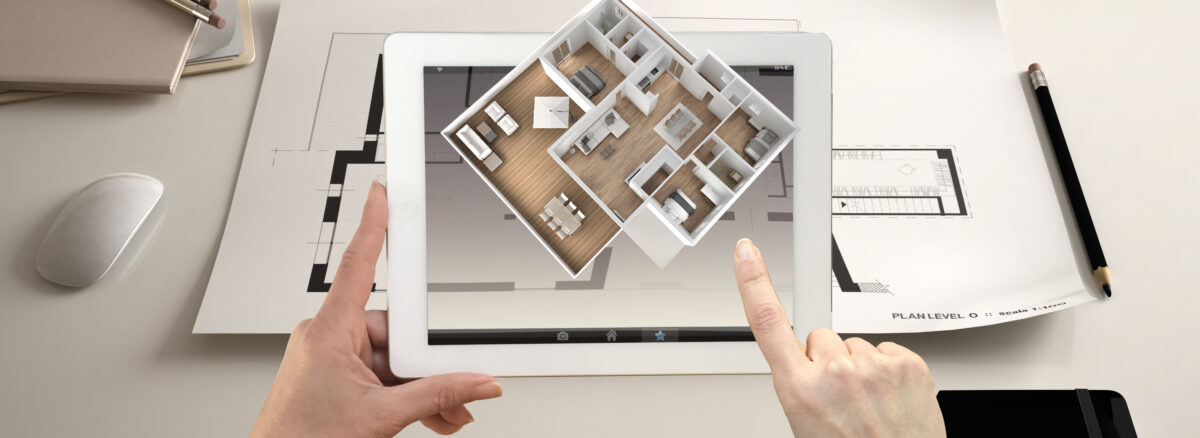- 25 March, 2024
- Francisco Gallego
- Comment: 0
- News
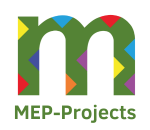
REVOLUTIONIZING DESIGN: PROJECT EFFICIENCY THROUGH BIM
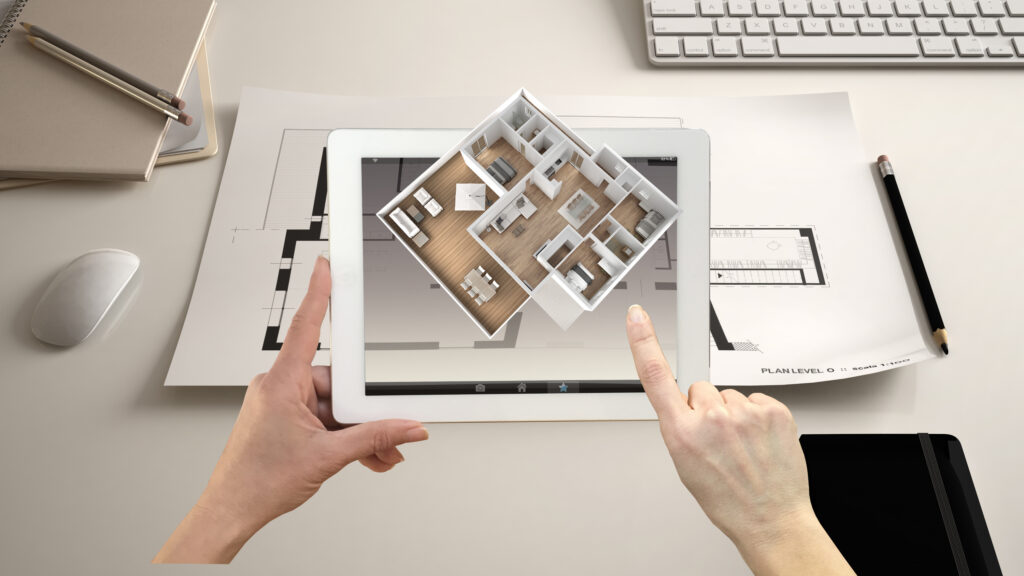
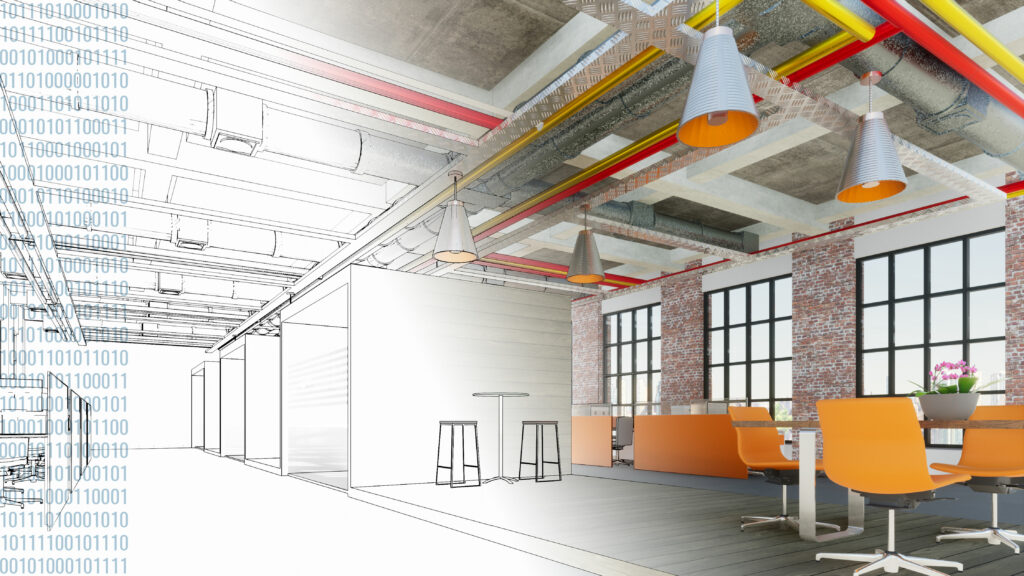
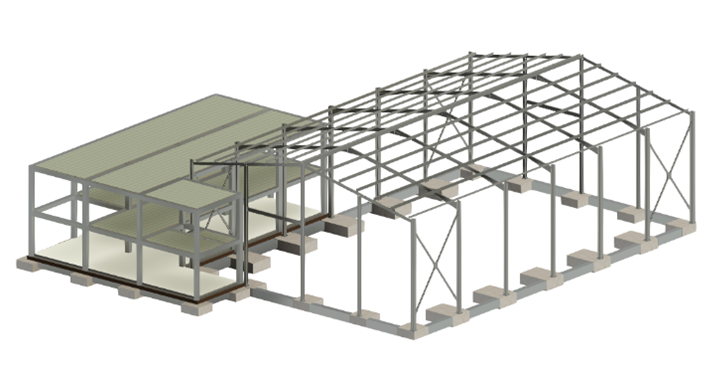
At the forefront of engineering and architecture, technological advancements have transcended conventional limitations, ushering in a new era of possibilities and efficiency. At the heart of this revolution lies Building Information Modeling (BIM), a methodology that redefines how we conceive, design, and execute construction projects. At MEP-Projects, we’ve embraced this wave of innovation.
BIM isn’t merely a set of digital tools; it represents a comprehensive approach that reshapes collaboration, visualization, and information management throughout a project’s lifecycle in a more efficient manner. From conceptualization to final delivery, BIM provides a unified platform where architects, engineers, contractors, property owners, and others can collaborate, minimizing errors, optimizing resources, and accelerating delivery timelines.
One of BIM’s most powerful features is its ability to create precise and detailed three-dimensional models that transcend mere visual representation. These models contain a wealth of data ranging from building dimensions and materials to energy performance and environmental impact. By integrating critical information into a single digital environment, BIM enables project teams to make more informed decisions and anticipate potential issues before they arise during the construction phase, thus avoiding costly errors.
Collaboration is another fundamental pillar of BIM. Through cloud platforms and real-time collaboration tools, construction professionals can share models, provide feedback, and coordinate tasks efficiently, regardless of geographical location. This ability to work together remotely not only streamlines the design and construction process but also fosters a culture of transparency and open communication among all stakeholders.
Efficiency isn’t limited solely to initial design and planning. With BIM, projects can be optimized at every stage, from cost estimation and construction scheduling to facility management and long-term maintenance. By having access to accurate and up-to-date information at all times, building owners and operators can make more informed decisions that maximize operational performance and reduce lifecycle costs.
In addition to its tangible benefits, BIM is also driving a cultural shift in the construction industry, fostering a mindset of innovation and continuous improvement. As more professionals embrace this methodology, new opportunities emerge for creative exploration and experimentation with more sustainable and resilient design approaches.
At MEP-Projects, we are deeply committed to sustainability. Therefore, we consider BIM an invaluable tool in this regard. By incorporating sustainability into the BIM model, opportunities arise to minimize the environmental impact of buildings. This involves using more eco-friendly construction materials, optimizing energy and water consumption, implementing more efficient waste management practices, and maximizing building energy efficiency.
In summary, BIM is transforming the way we conceive and execute construction projects. From operational efficiency to design quality and environmental sustainability, this methodology offers a comprehensive framework that drives excellence in all aspects of the construction process. For those seeking to stay at the forefront of the industry, adopting BIM is not just an option; it’s an imperative need in the pursuit of excellence and innovation in project design and construction. At MEP-Projects, we advocate for these new technologies and improvements in our daily operations.
Made by Mayte Ayala (Deputy Lead Design & Civil Architect)

